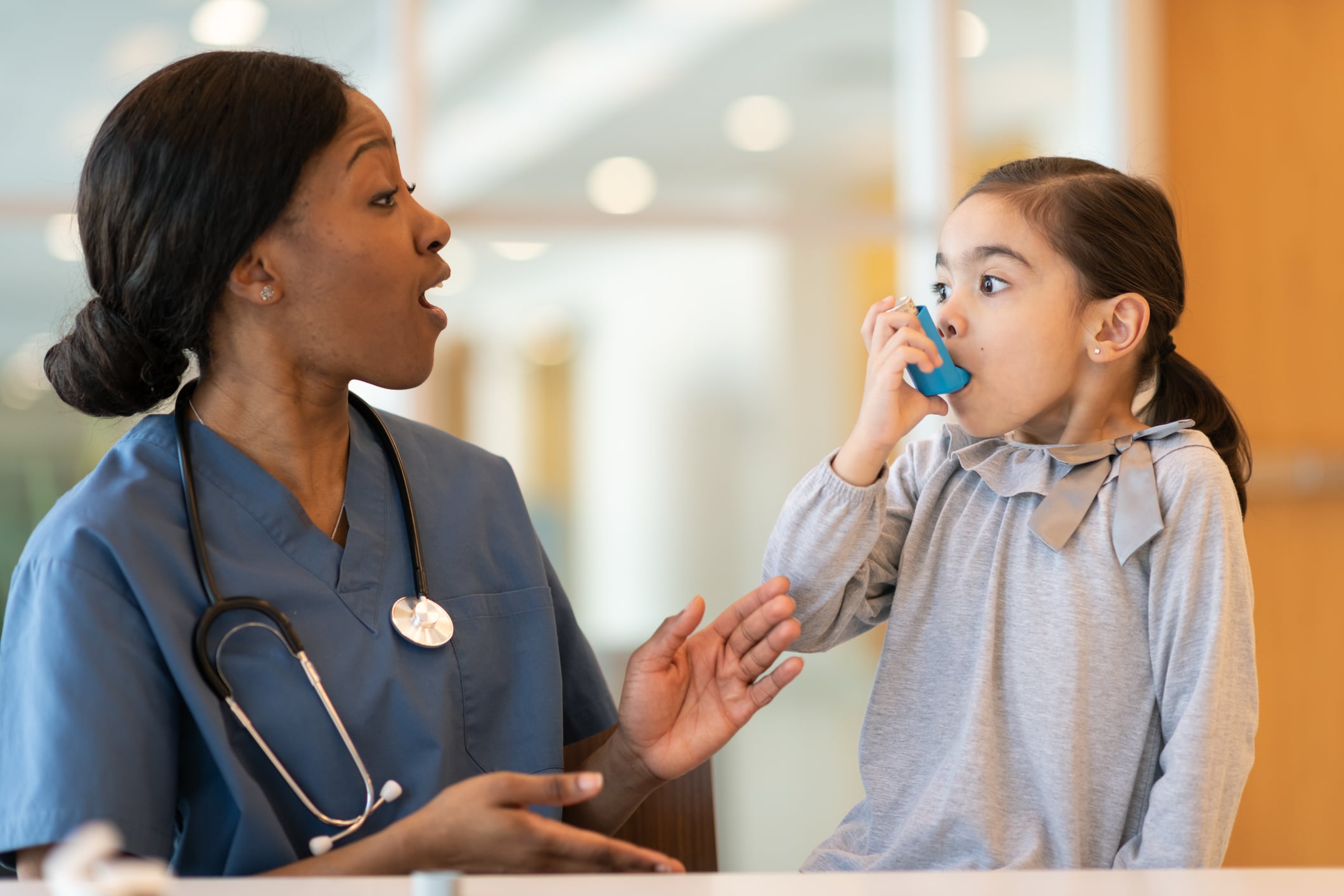
Allergy Treatment
Our allergists diagnose and treat allergic conditions such as asthma, hay fever, eczema, and food allergies. We utilize tests like skin prick and blood tests, and offer treatments including immunotherapy, medications, and lifestyle advice to manage and relieve symptoms.
Learn More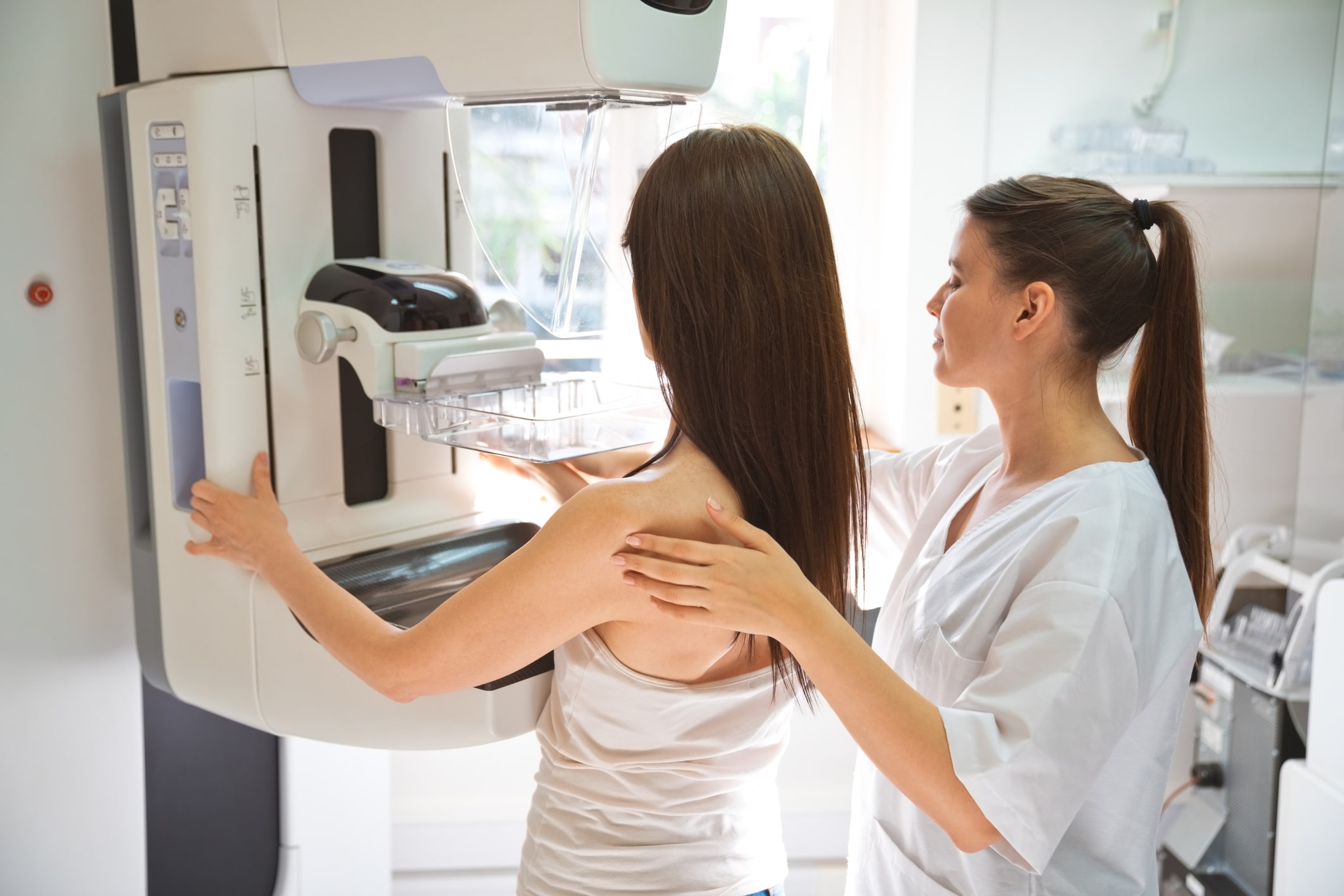
Breast Health
Our breast health team focuses on the early detection, diagnosis, and treatment of breast conditions, including breast cancer. We offer imaging techniques like 3D mammograms, ultrasounds, and high-risk evaluations.
Learn More
Cardiology
Cardiology is a branch of medicine that deals with diseases of the heart and blood vessels. Our cardiologists focus on diagnosing, preventing, and treating a wide range of heart conditions.
Learn More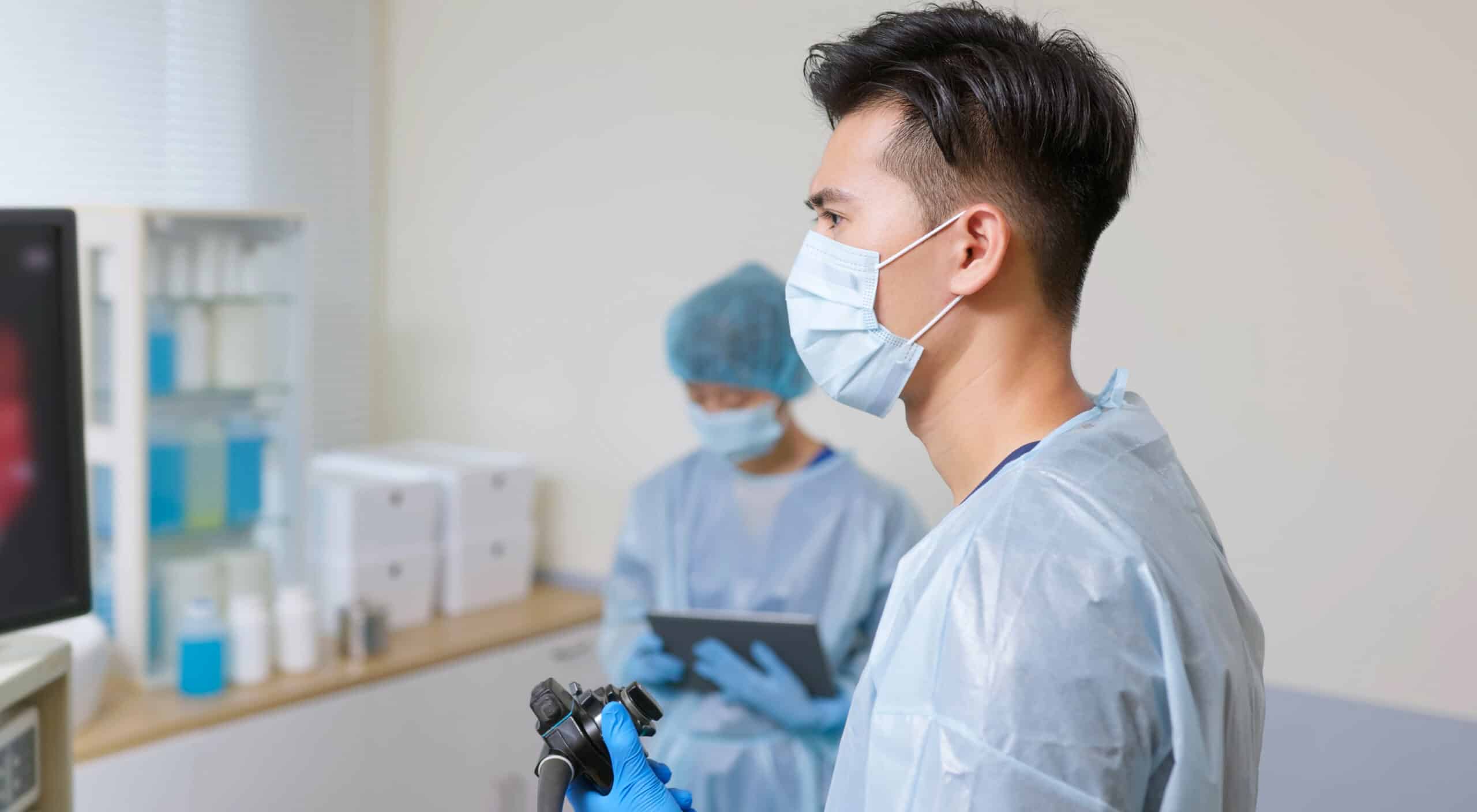
Colon Screening
Our team provides colonoscopies to help you stay ahead of your health. Regular colon screenings can help your doctor detect colon cancer, and if caught early, colon cancer can be prevented altogether.
Learn More
Ear, Nose and Throat
Ear, nose, and throat (ENT) specialists provide care for conditions of the ear, nose, throat, head, and neck. This field of medicine is called otolaryngology and encompasses care for conditions ranging from hearing loss and allergies to sinus infections and vocal disorders.
Learn More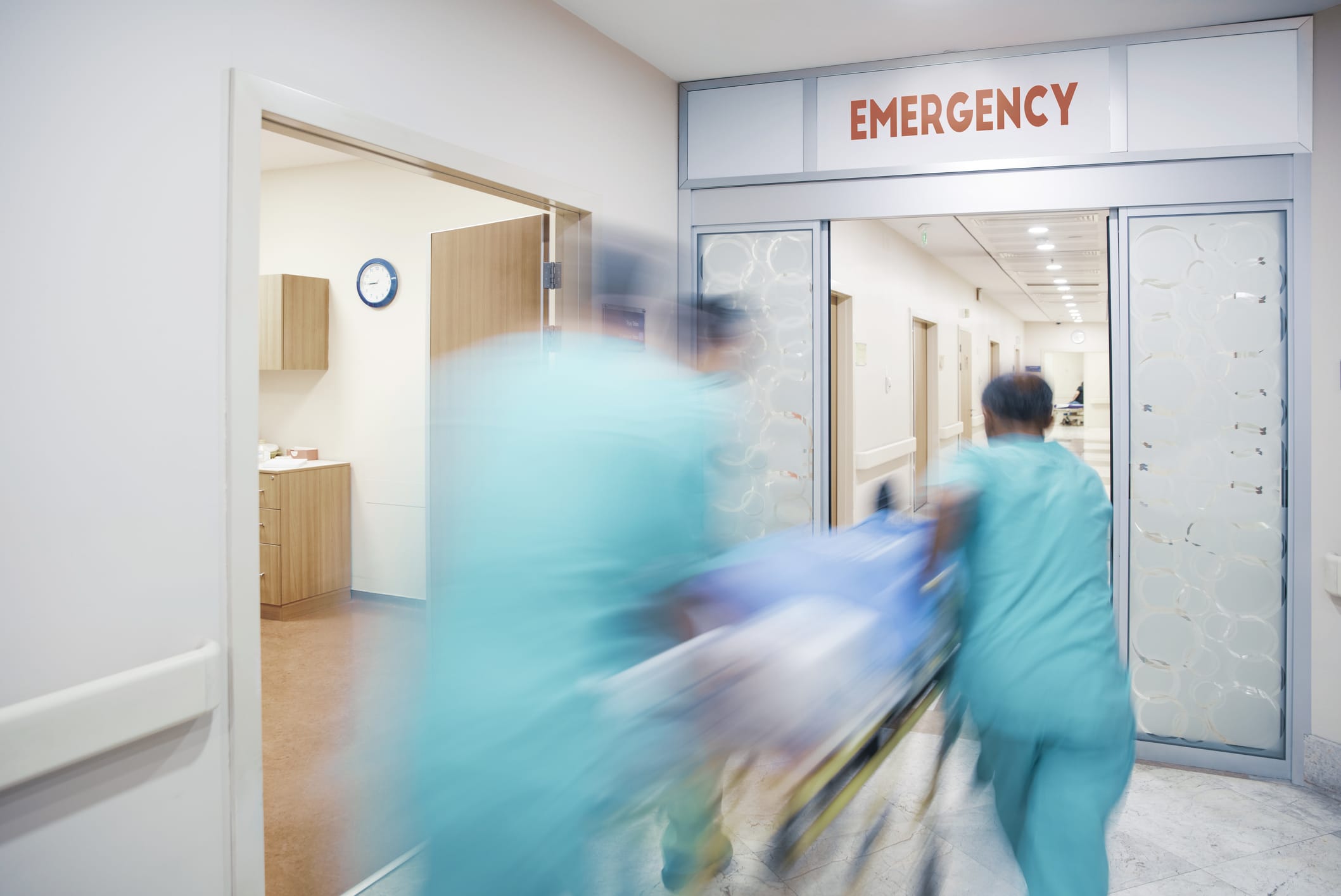
Emergency Care
Our emergency care team provides life-saving treatments for conditions like heart attack, stroke, and traumatic injuries or illnesses.
Learn More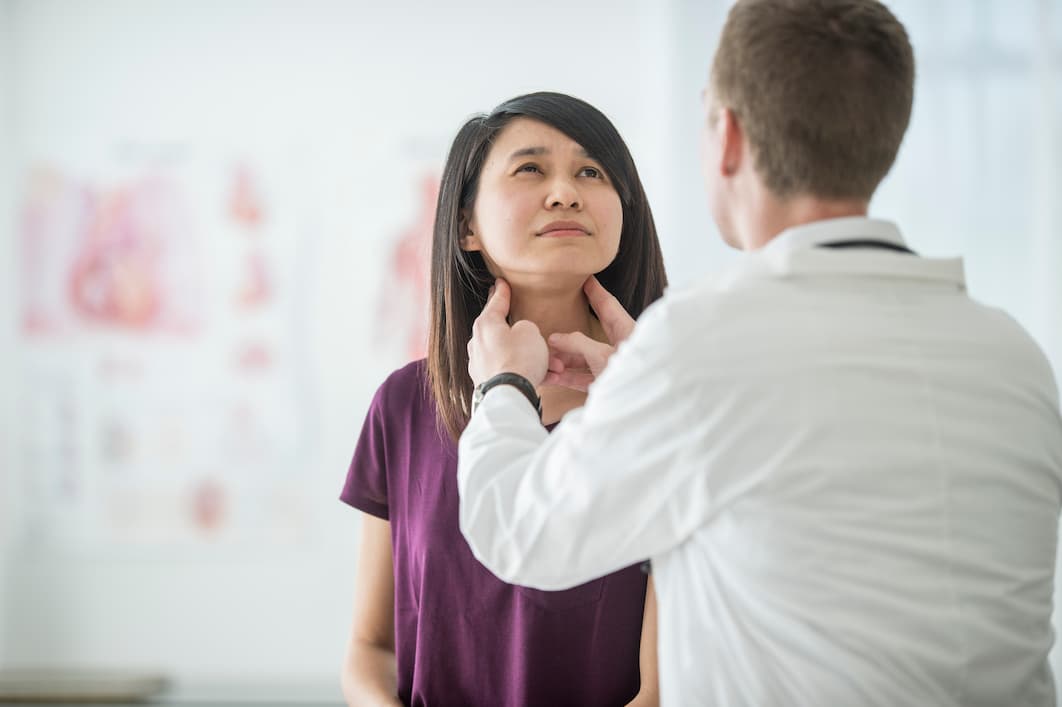
Endocrinology
Endocrinologists diagnose and treat hormone-related disorders, such as diabetes and thyroid diseases, using advanced diagnostics and personalized treatments to help maintain hormonal balance and overall health.
Learn More
Gastroenterology
Gastroenterology is the branch of medicine that diagnoses and treats conditions related to the digestive system, which is made up of the stomach, intestines, liver, pancreas, and gallbladder.
Learn More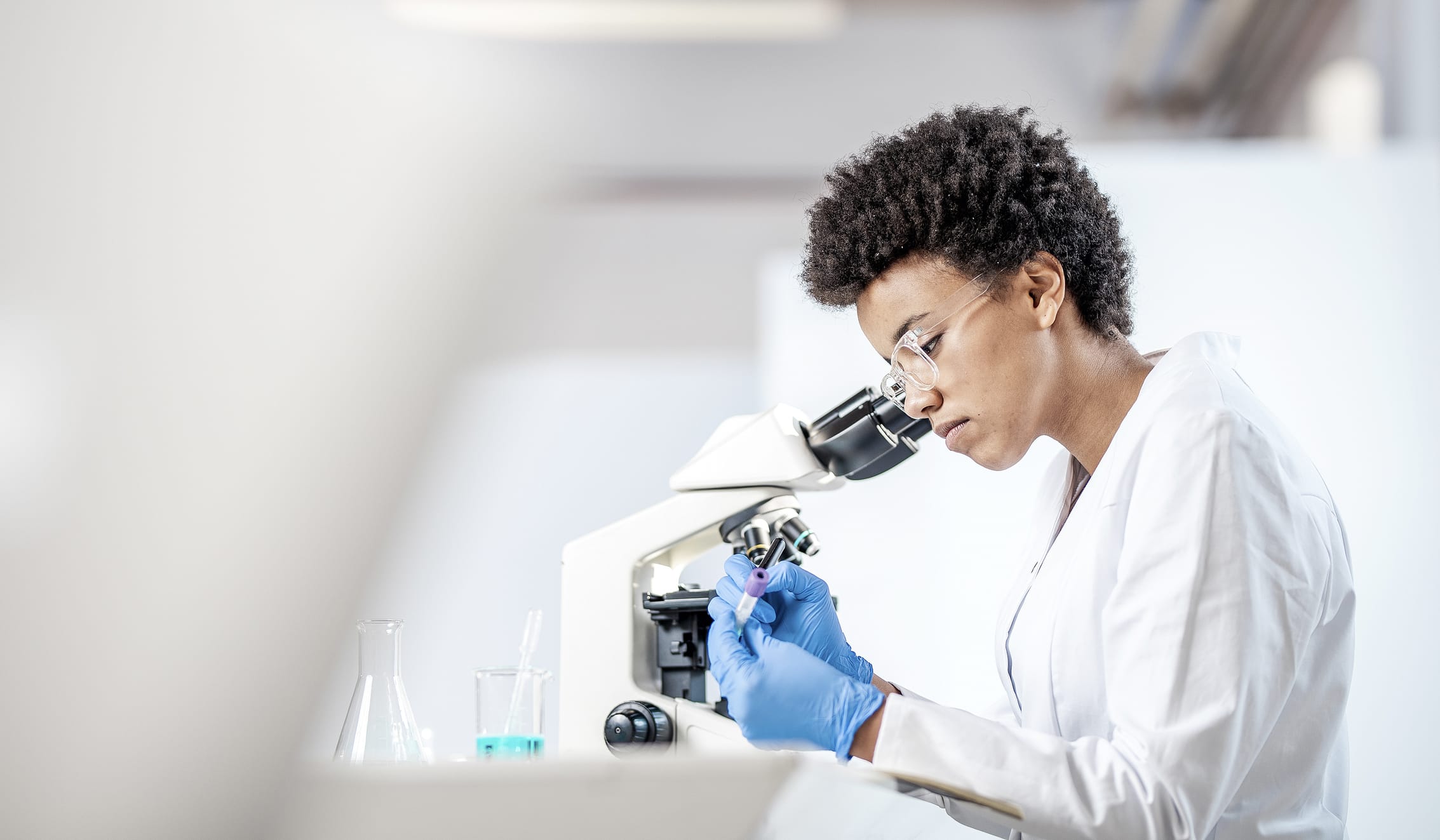
Hematology
Hematology is a branch of medicine focused on diagnosing and treating blood disorders, including anemia, clotting disorders, leukemia, and lymphoma. Hematologists utilize advanced testing and treatments to manage and improve blood health.
Learn More
Hospice Care
Our hospice team provides compassionate end-of-life care, focusing on comfort and quality of life for patients with terminal illnesses. This care includes pain management, emotional support, and assistance with daily activities, ensuring dignity and comfort during the final stages of life.
Learn More
Imaging Services
Medical imaging is the process of creating pictures of the inside of the body to diagnose and monitor medical conditions. Common imaging services include CT and MRI scans, PET scans, ultrasounds, and X-rays.
Learn More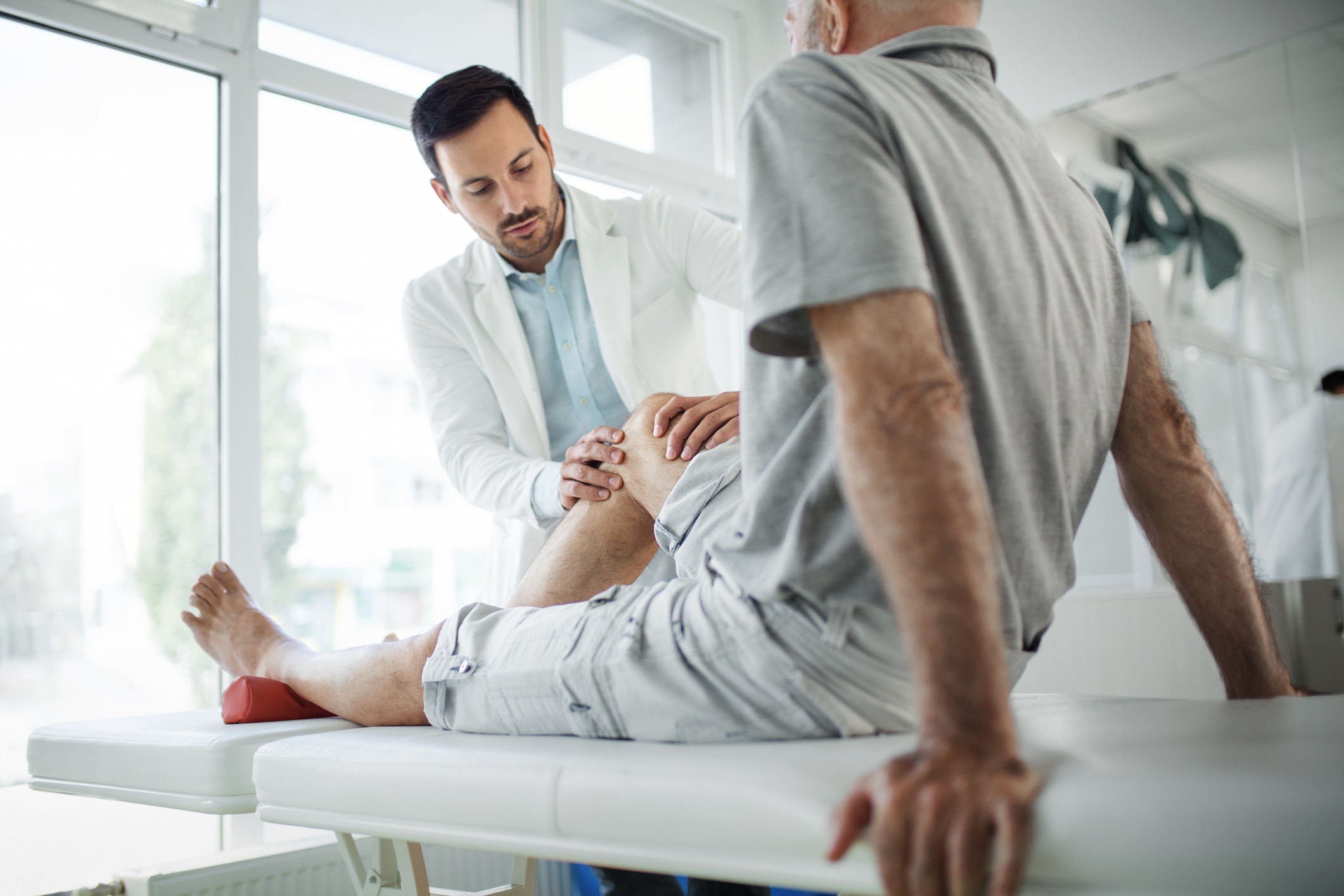
Joint Replacement Surgery
Our orthopedic surgeons offer comprehensive surgical treatment for joint-related conditions. Our services include total joint replacement surgery for the hip, knees, and shoulders.
Learn More
Labor & Delivery
Labor & delivery services provide comprehensive care for expectant mothers during childbirth, including prenatal care, pain management, delivery, and postpartum support to ensure the health and well-being of both mother and baby.
Learn More
Laboratory Services
Our laboratory offers a wide range of diagnostic tests to support your medical care. These include hematology for blood-related conditions, microbiology to identify infections, and transfusion services. Our goal is to provide accurate and timely results to guide your treatment plan and enhance your overall health.
Learn More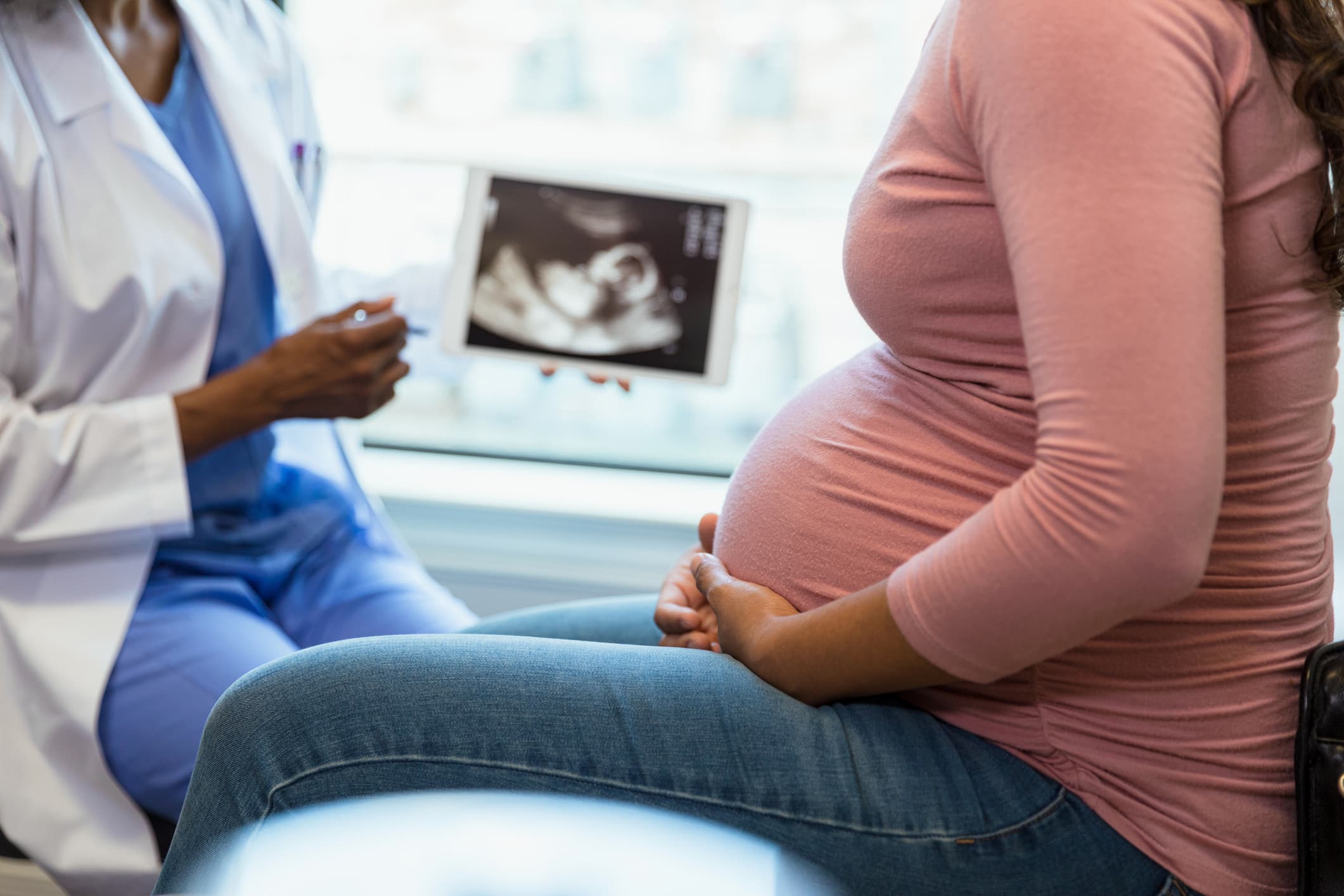
Maternal-Fetal Care
Maternal-fetal medicine physicians specialize in managing high-risk pregnancies, offering advanced diagnostic testing, monitoring, and treatment to ensure the best possible outcomes for both mother and baby.
Learn More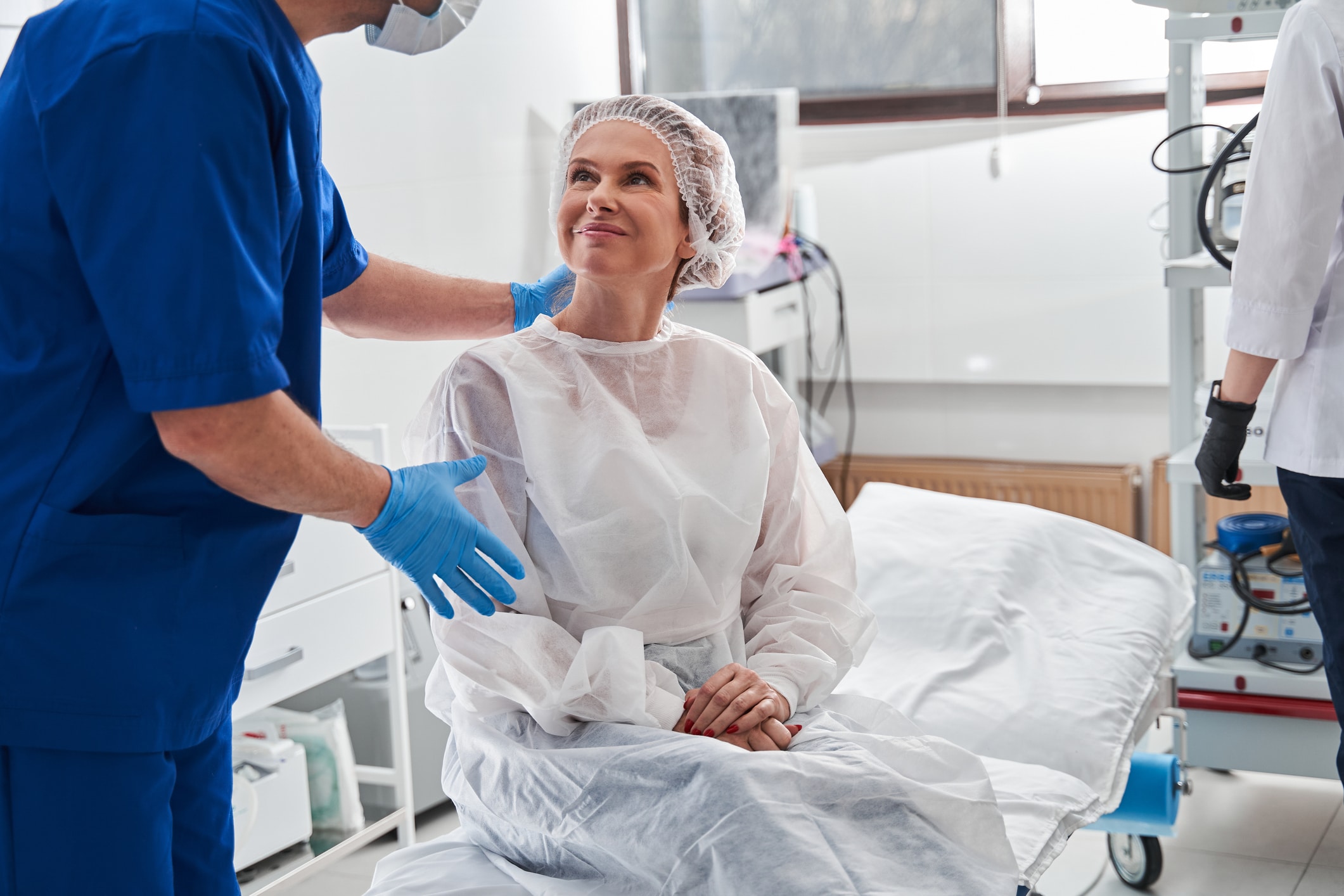
Minimally Invasive Surgery
Minimally invasive surgery is any surgery performed through small incisions using specialized instruments and techniques to reduce pain, speed up recovery, and minimize the risk of complications. Minimally invasive surgery includes laparoscopic and robotic surgery.
Learn More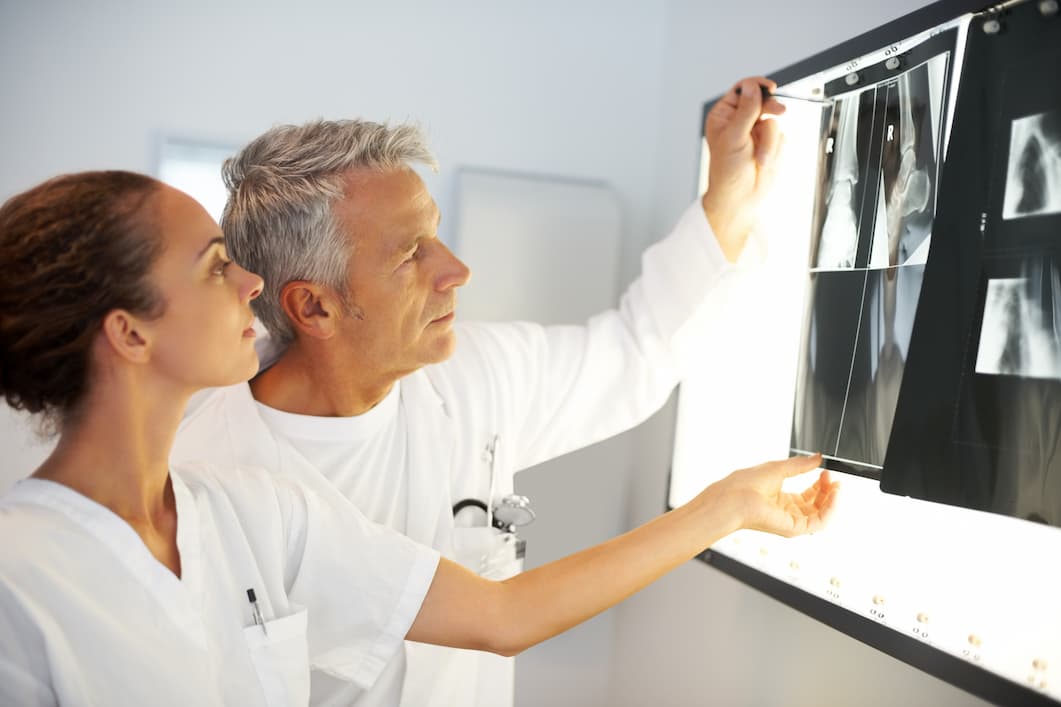
Orthopedic Care
Orthopedic care is the medical specialty focused on treating conditions related to the bones, joints, muscles, ligaments, tendons, and nerves. This includes treatments for fractures, conditions like arthritis, and sports injuries.
Learn More
Pain Management
Pain management physicians diagnose and treat chronic and acute pain through a combination of medications, physical therapy, and minimally invasive procedures to improve patients' quality of life and functionality.
Learn More
Physical Therapy and Rehabilitation
Physical therapy helps people improve movement and manage pain through exercises, stretches, and other treatments. It is often used to recover from injuries, surgeries, or chronic conditions, helping patients regain strength and mobility.
Learn More
Podiatry
Podiatry is a branch of medicine that focuses on the diagnosis, treatment, and prevention of conditions affecting the feet, ankles, and lower extremities. These services include care for injuries, chronic conditions like diabetes that cause foot problems, and surgical interventions to maintain mobility and overall foot health.
Learn More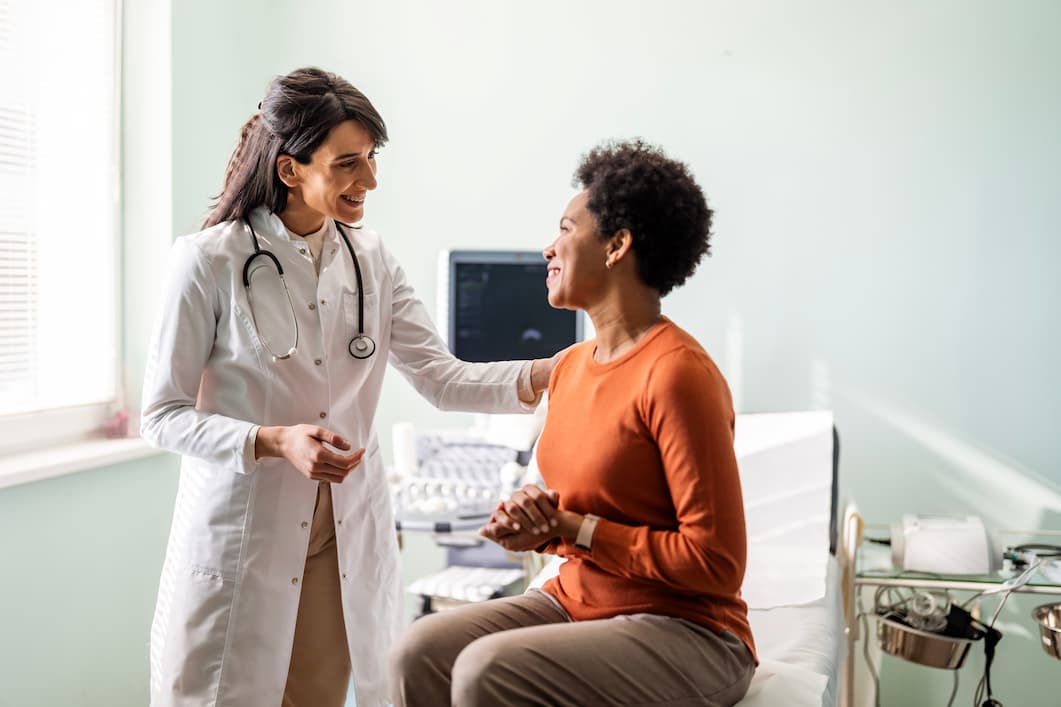
Primary Care
Primary care specialists offer general healthcare services for individuals of all ages, focusing on preventive care, diagnosis, and management of common illnesses, chronic conditions, and overall wellness.
Learn More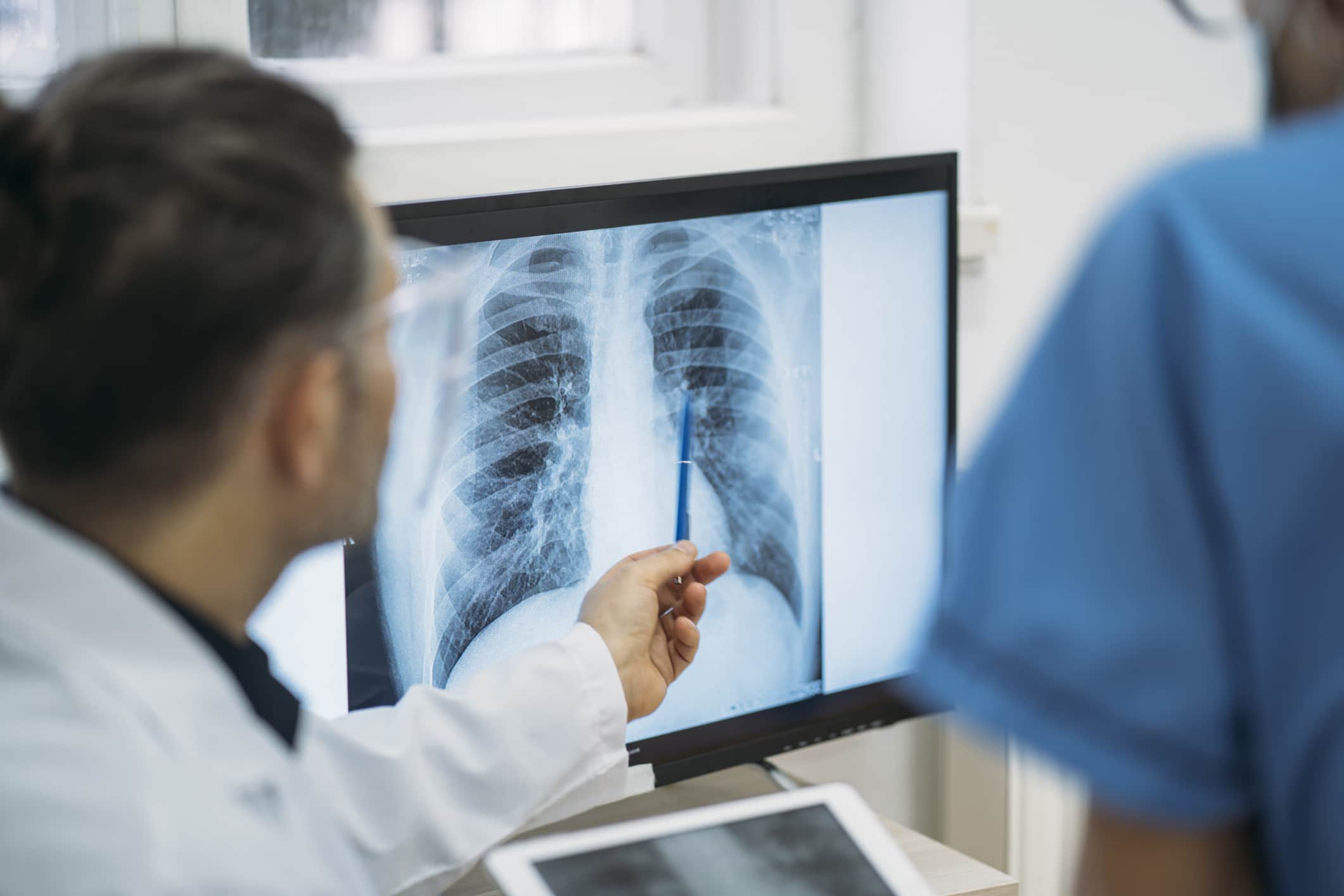
Pulmonary Care
Pulmonology focuses on the diagnosis and treatment of lung and respiratory conditions, such as asthma, bronchitis, COPD, pneumonia, and more. These services include pulmonary function testing, lung screenings, and specialized treatments to enhance respiratory health.
Learn More
Rheumatology
Rheumatologists diagnose and treat autoimmune and inflammatory diseases that affect the joints, muscles, and bones, such as arthritis, lupus, and gout. These conditions are treated through medications, lifestyle modifications, and other therapies to manage symptoms and improve quality of life.
Learn More
Sleep Disorders
Our sleep medicine specialists specialize in sleep disorders, including conditions like narcolepsy, insomnia, sleep apnea, and more. We offer comprehensive sleep studies to diagnose your condition, after which our team will create a personalized plan for your unique needs.
Learn More
Spine Care
Spine care involves the diagnosis and treatment of conditions affecting the spine, including back pain, spinal disorders, and injuries. Our specialists use advanced imaging and personalized treatment plans to address each patient’s unique needs, aiming to improve mobility and quality of life.
Learn More
Sports Medicine
Sports medicine is the care of athletes and active individuals, with a focus on preventing, diagnosing and treating sports-related injuries and conditions. These services include rehabilitation, performance enhancement, and strategies to prevent future injuries.
Learn More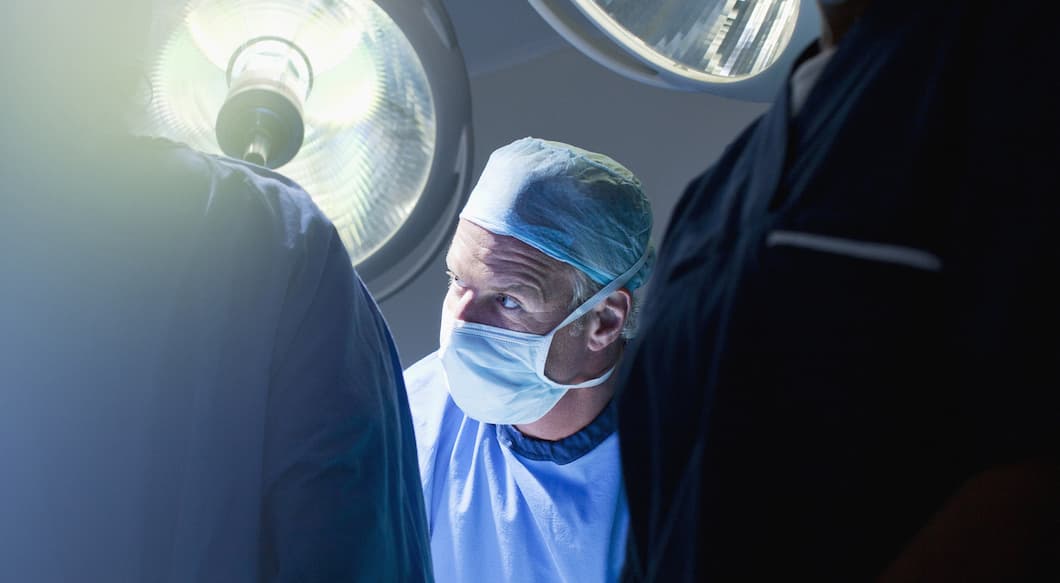
Surgery
Surgery is a medical procedure that involves an incision with instruments to repair, remove or adjust tissues, organs, or structures in order to treat injuries, diseases, or deformities. Surgery includes necessary procedures like heart surgery, and elective procedures like cosmetic surgery.
Learn More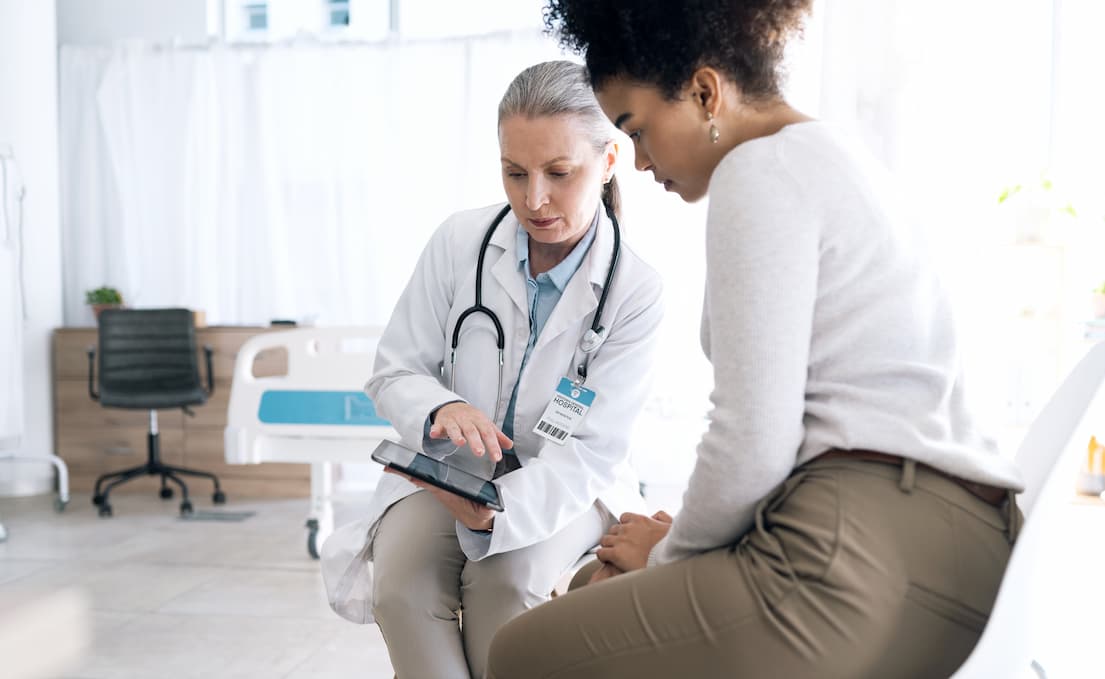
Urology
Urology is the medical specialty focusing on the urinary tract, diagnosing and treating conditions like urinary infections, kidney stones, prostate issues, and bladder disorders. Urologists care for both men and women, but frequently specialize in the male reproductive system.
Learn More
Weight Loss Surgery
When diet, exercise, and medications aren’t working, our specialists provide surgical interventions for individuals struggling with obesity. Procedures such as gastric bypass, sleeve gastrectomy, and adjustable gastric banding are offered to help you achieve significant and lasting weight loss.
Learn More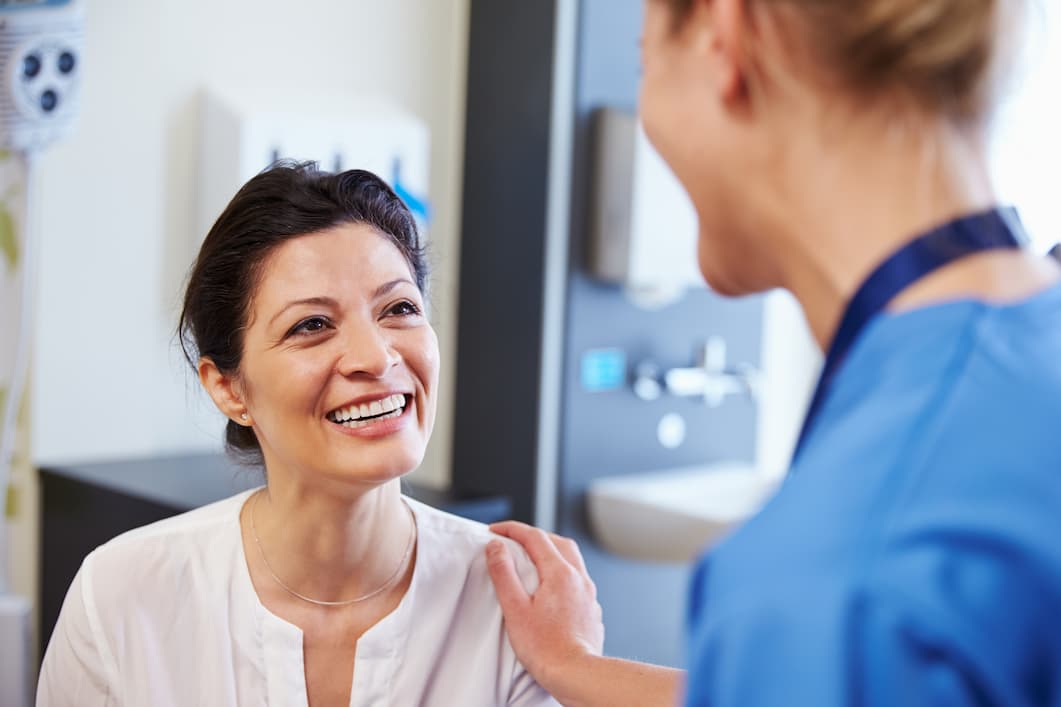
Women's Care
Women's care focuses on comprehensive health needs of women through all life stages. Women's health services typically include obstetrics and gynecology (OB/GYN), maternity care, and breast health services.
Learn More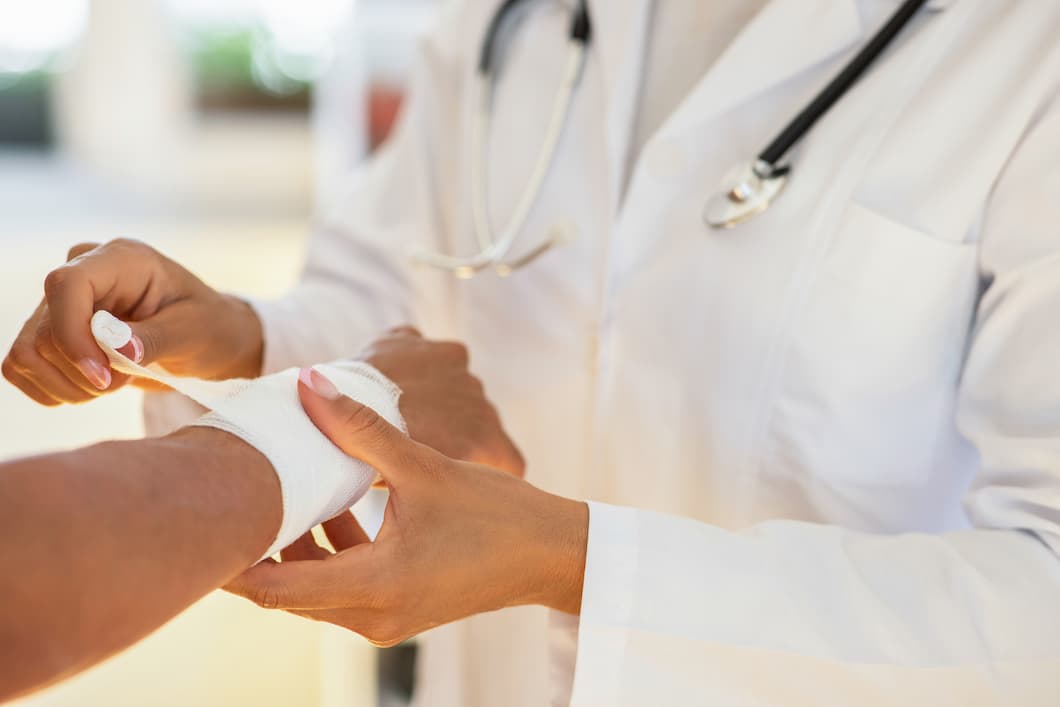
Wound Care
Wound care is the treatment of chronic and complex wounds, including diabetic ulcers, pressure sores, and surgical wounds. Our specialists offer wound dressings, debridement, and hyperbaric oxygen therapy to promote healing and prevent complications.
Learn More